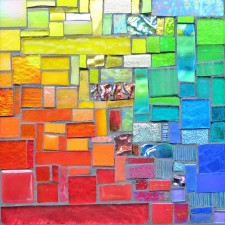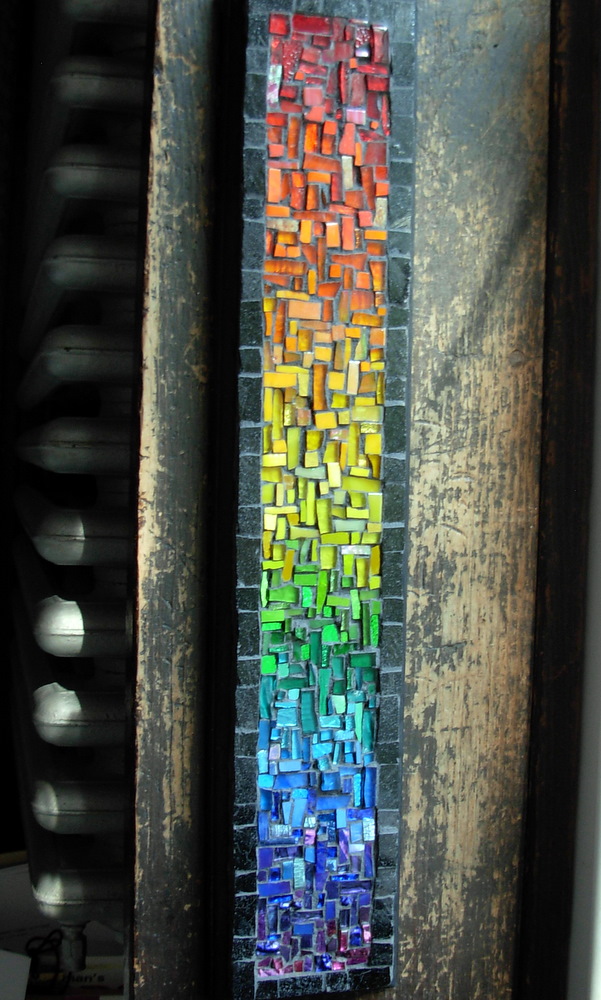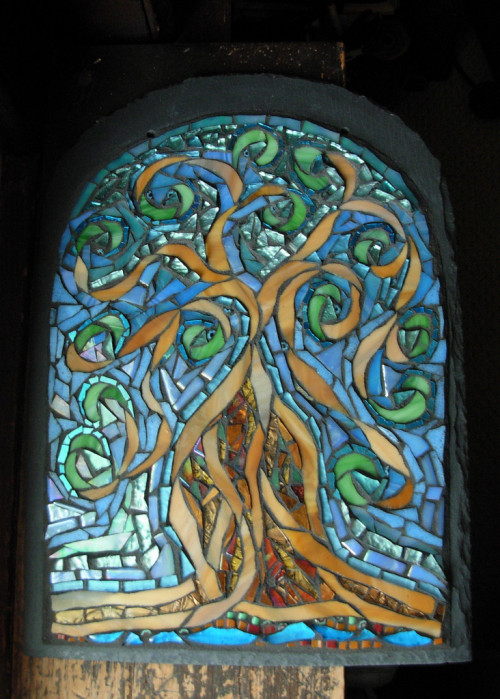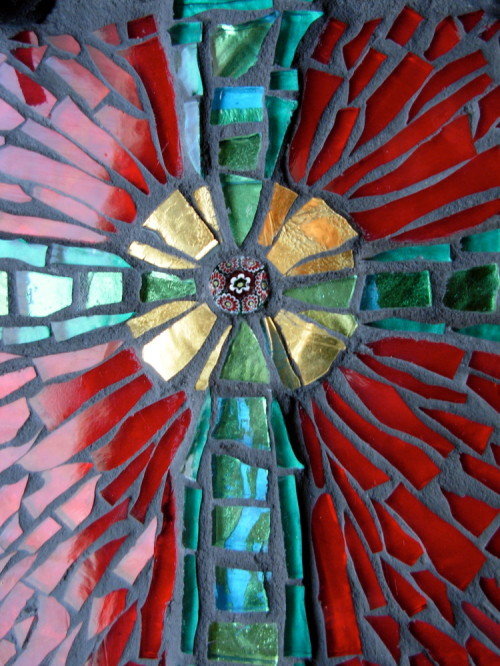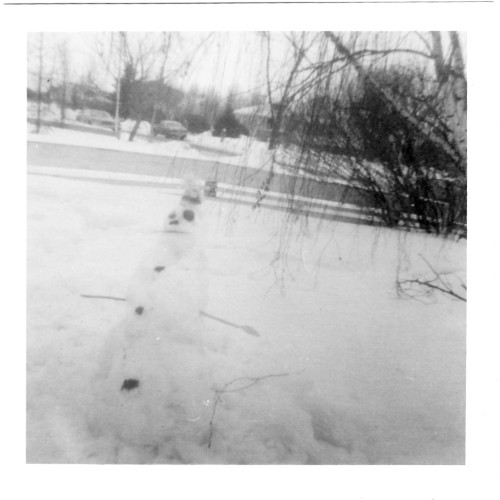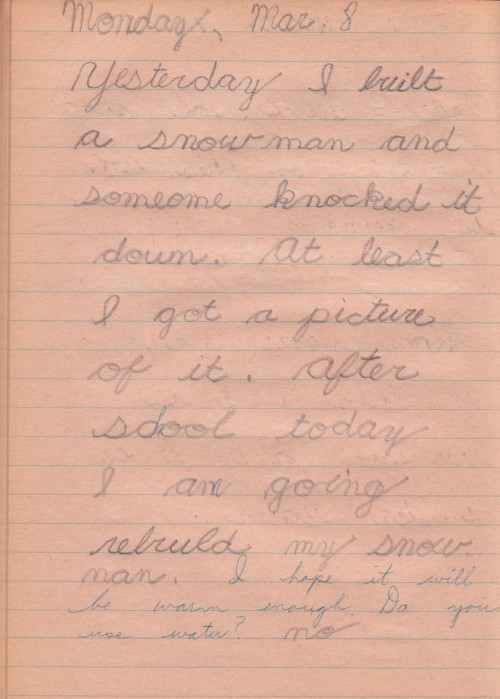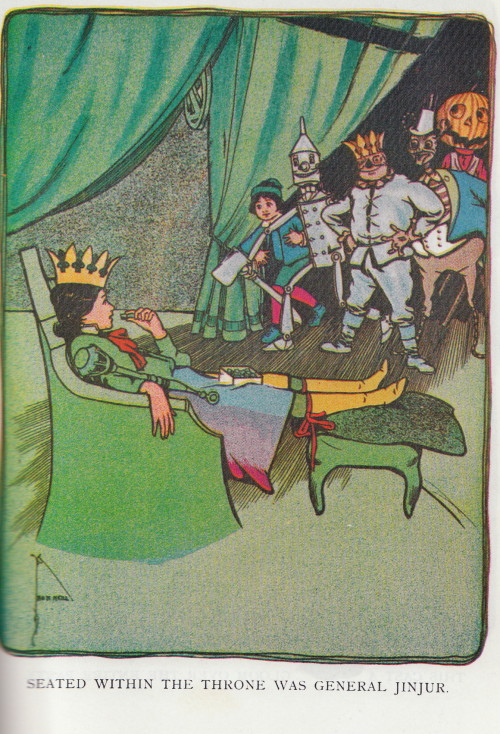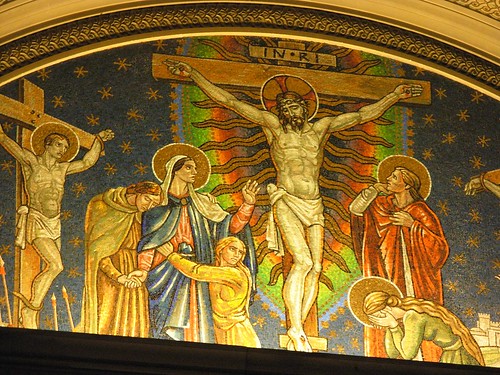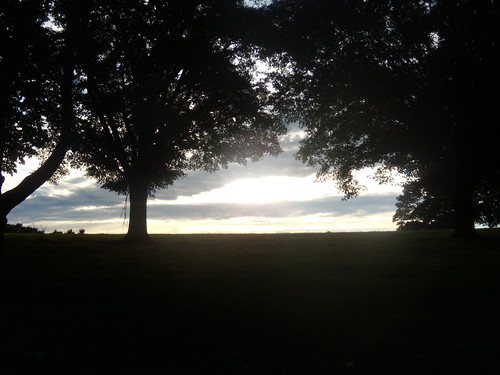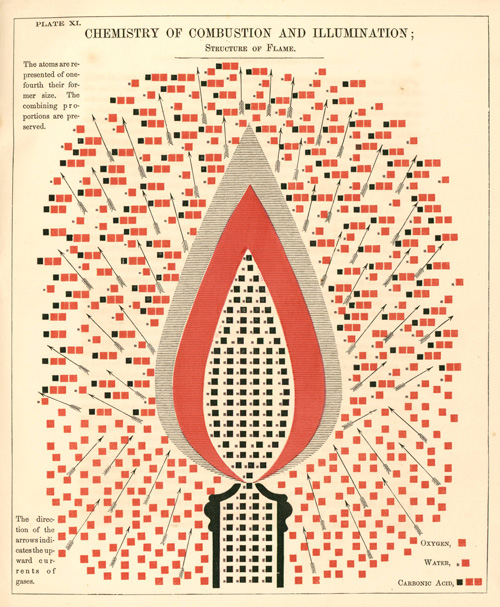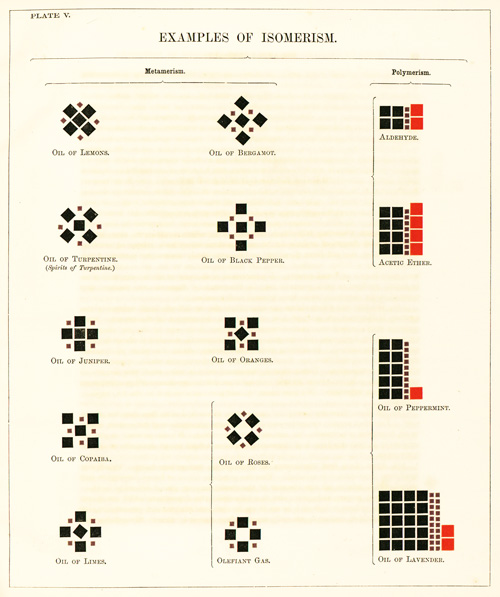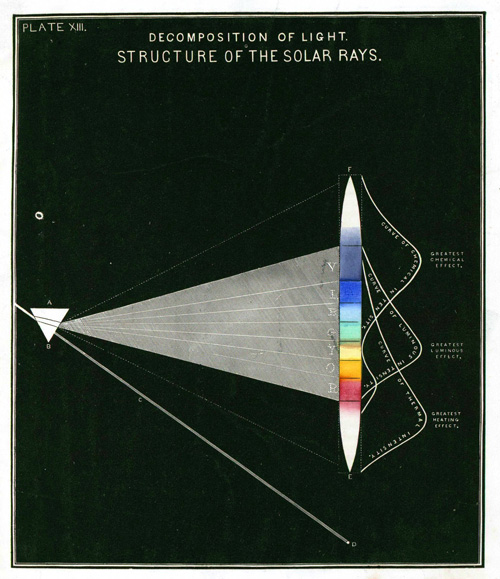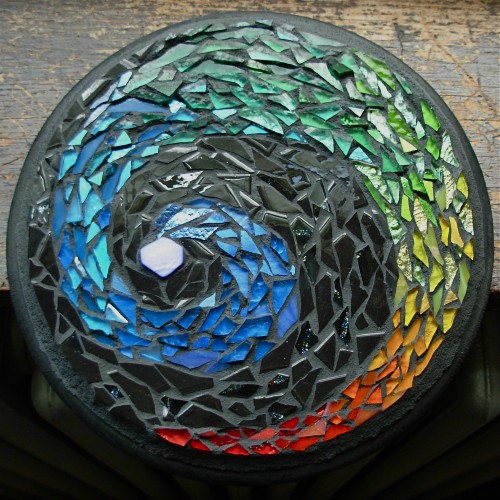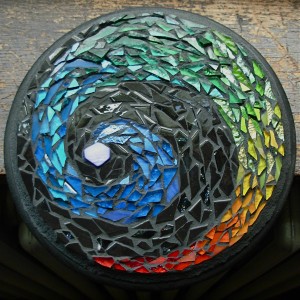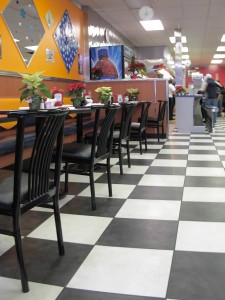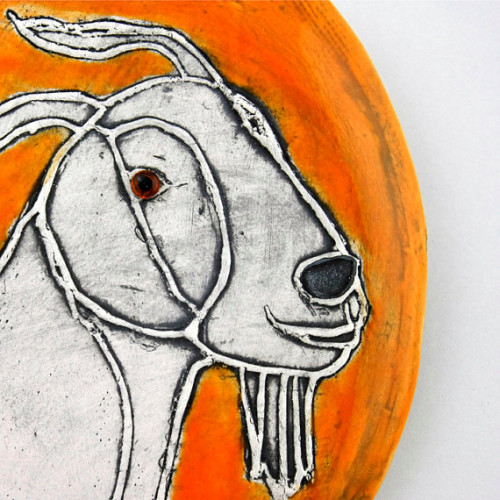
I made it through the 2014 A to Z blogging challenge and this is a good time to take care of my blog. There exists in me a desire to do things on my own, by myself, but also the desire to make art, and the art wins out. I went searching for someone to maintain my margaretalmon.com blog as well as the nutmegdesignsart.com site. Wordpress has made it possible for me to create the Nutmeg Designs site, but the nuances of keeping it in good technical shape is an art in itself. I admit I was swayed by a goat. When I finally formulated the phrase, “WordPress Maintenance Services,” GoatCloud came up and I had to check it out. Cliff Rohde, Chief Executive Goat, donates a portion of his net profits to those who provide goats to those in need of, as he puts it, these remarkably sturdy animals. GoatCloud is moving my sites about and consolidating them with hopefully minimal downtime. Goats have an unfettered sense of play and exploration, and I am swayed into my studio.
